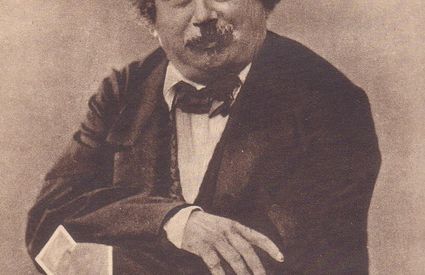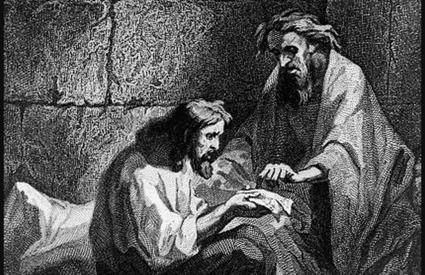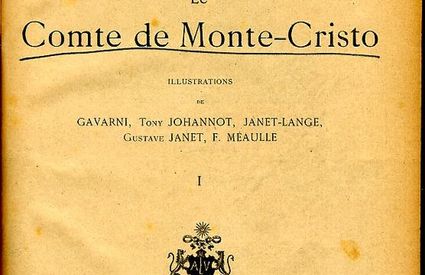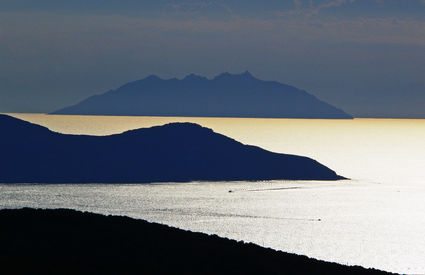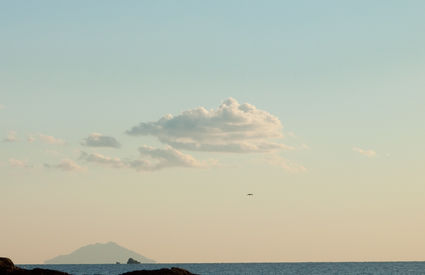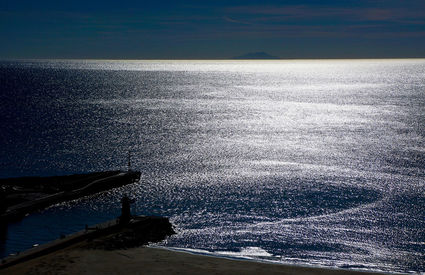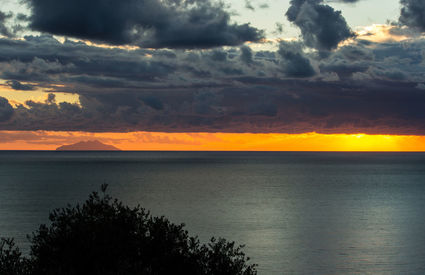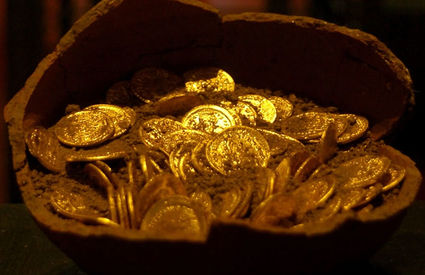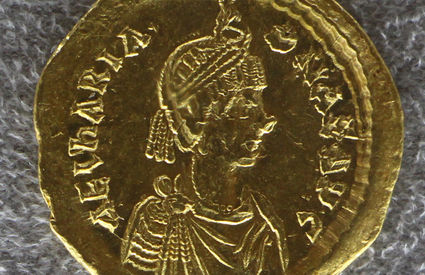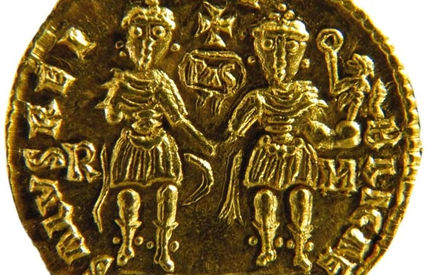Portoferraio
The treasure of Monte Cristo
What if the fortune of Mamilian, dreamed up by Dumas and discussed for centuries, really existed?
The treasure of Monte Cristo
What if the fortune of Mamilian, dreamed up by Dumas and discussed for centuries, really existed?
Between literature
Three compartments divided the coffer. In the first, blazed piles of golden coin; in the second, were ranged bars of unpolished gold, which possessed nothing attractive save their value; in the third, Edmond grasped handfuls of diamonds, peals and rubies, which, sa they fell on one another, sounded like hail against glass.
The treasure uncovered by Edmond Dantès at the suggestion of Abbé Faria in The Count of Monte Cristo, the legendary treasure of the lost Spada family, which would later allow Dantès to orchestrate his incredible revenge, isn’t the only fortune to which the island’s name is connected. Indeed, the idea that Monte Cristo hid a legendary treasure had already been talked about for centuries—the treasure of San Mamiliano (Mamilian of Palermo). This was established well back in the 16th century, when the Prince of Piombino and the Grand Duke of Tuscany warned the subjects interested in looking for it on the secluded, rather rough island—“don’t do it,” alleging that it was overrun with pirates. A little more than a century after, an expedition of youths went adventuring through the cliffs of Monte Cristo, with the specific goal of finding the riches within the walls of the Chiesa di San Mamiliano, getting out only with a fistful of burned bones and small black vases.
...legend...
But while Edmond Dantès, the Abbé Faria and the treasure of the Spada family as described exist only in Dumas’ imagination, the same is not true of Mamilian. The eighth Bishop of Palermo, persecuted at the hands of the Vandals, was forced to escape and meandered through various Mediterranean islands until finally settling on the Tuscan Archipelago, where he died in 460.
Sure, it’s true that Mamilian’s story overlaps with legend much of the time: he defeated a dragon (was it here or on Giglio Island?), managed to unblock dried-up fountains so they flowed again, sent pirates scurrying away and, in one of the many monasteries he founded, supposedly hid a treasure...
The difficulty of establishing how much legitimacy to give to these famous anecdotes is well known at this point, but the fact remains that the Saint seems to have truly played an important role in the Maremma and in these islands, where he is venerated (and his legacy debated) still to this day. And, if on Elba or Giglio Island there is still someone laying claim to his legendary passage, in Monte Cristo—where only a couple of custodians live—only the ruins of the old Monastery can attest to the memories.
...and reality
The truth is that no one completely understood the message encoded in these ancient stones, set on this magnificent island, rosy at sunset and immersed in a millenary landscape. The legendary treasure existed, and the name of the church where people wanted to look for it was correct—it’s just that they didn’t need to be looking in the San Mimiliano church of Monte Cristo, but instead in the one located in Sovana. It was there that, in 2004, archaeologists of the Superintendence of Siena found 498 gold coins underneath the altar, minted under the emperors Leone I and Antonio, both in power during the fifth century C.E.
To visit Monte Cristo, which gives access to only 1000 people each year, you must get required authorization from the Ufficio Territoriale per la Biodiversità del Corpo Forestale dello Stato di Follonica, by January 31 every year.


